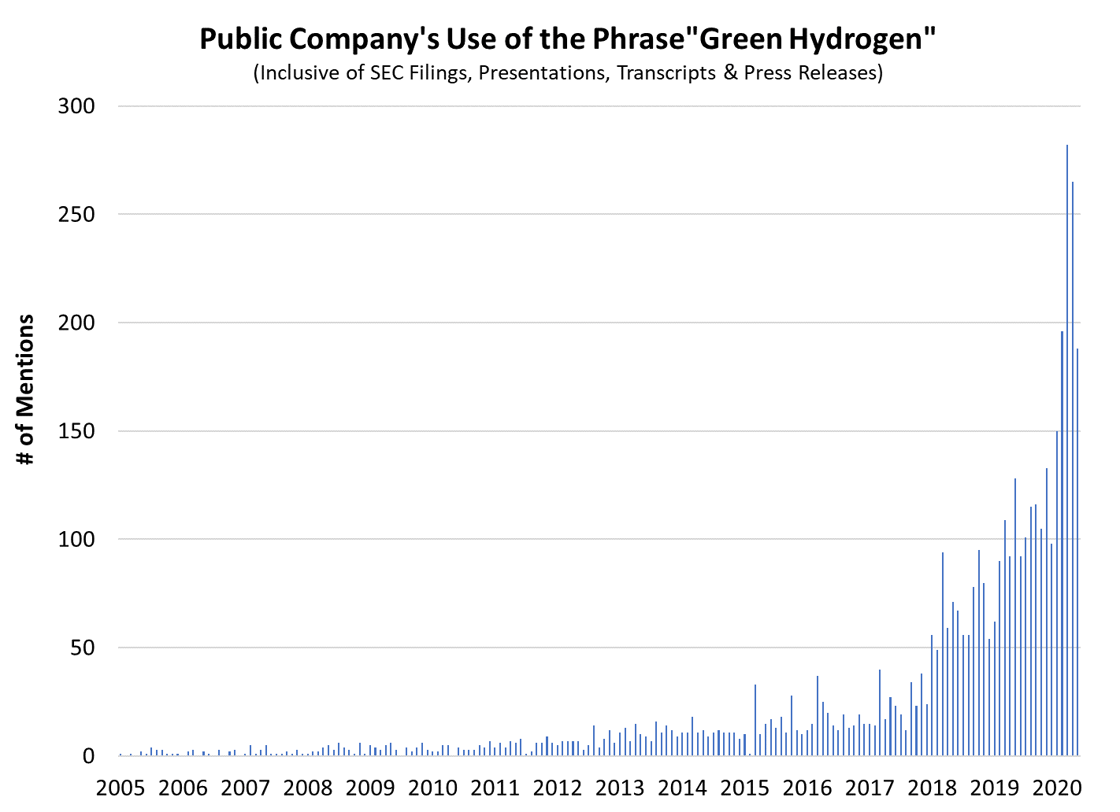#8461
Re: AzValor: Para los que estaban esperando su vuelta desde hace un año....
Felicitar al "pique" entre 1polenco y solrac... vaya cantidad de razonamiento e información nos están dando en el sector más oscuro de la inversión en mm.pp. Yo tengo poco que añadir y desde luego a ese lvl¡¡ pero me gustaría aportar una pregunta... dentro del fondo es Cameco una buena inversión aún saliendo medianamente bien la tesis? No sería mejor repartir más entre compañías?
Veo mejor la posición energy fuels. está sobre 1,60 y cameco sobre 11,30 con target price de 3,25 para $UUUU (Es el mío, podéis creerlo o no...y me parece conservador, si se manifiesta la tesis del uranio a 60$) y 17 a Cameco (dicho por azvalor), con lo cúal, la inversión es ganar dinero y matemáticamente sería el prácticamente el mismo beneficio (más o menos), además, cameco está cerrado a cal y canto comprando en mercado Spot y $UUUU tiene otros catalizadores (que tenga la única granja de Uranio en USa es una ventaja y no la van a cerrar, aunque solo sea por mantener la producción en USA, además, están cumpliendo con las previsiones de quedarse sin deuda a finales del 2019. Hay otras compañías¡¡ estás las pongo como ejemplo... yo estoy invertido en las 2...
No debería azvalor repartir ese 9% de cameco en otras compañías del sector? si la tesis se basa casi exclusivamente del precio ... diversificarse en compañias que den garantia de no quiebra, eliminaría muchos riesgos, yo creo que es probable que estén pillados con el precio de Cameco (esto aquí, lo sabéis seguro)
Veo mejor la posición energy fuels. está sobre 1,60 y cameco sobre 11,30 con target price de 3,25 para $UUUU (Es el mío, podéis creerlo o no...y me parece conservador, si se manifiesta la tesis del uranio a 60$) y 17 a Cameco (dicho por azvalor), con lo cúal, la inversión es ganar dinero y matemáticamente sería el prácticamente el mismo beneficio (más o menos), además, cameco está cerrado a cal y canto comprando en mercado Spot y $UUUU tiene otros catalizadores (que tenga la única granja de Uranio en USa es una ventaja y no la van a cerrar, aunque solo sea por mantener la producción en USA, además, están cumpliendo con las previsiones de quedarse sin deuda a finales del 2019. Hay otras compañías¡¡ estás las pongo como ejemplo... yo estoy invertido en las 2...
No debería azvalor repartir ese 9% de cameco en otras compañías del sector? si la tesis se basa casi exclusivamente del precio ... diversificarse en compañias que den garantia de no quiebra, eliminaría muchos riesgos, yo creo que es probable que estén pillados con el precio de Cameco (esto aquí, lo sabéis seguro)

